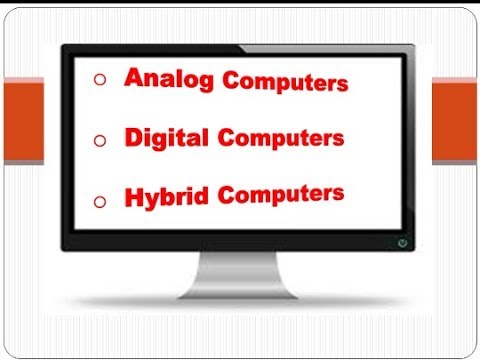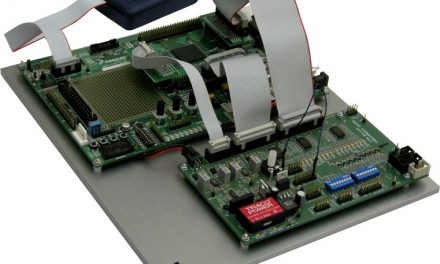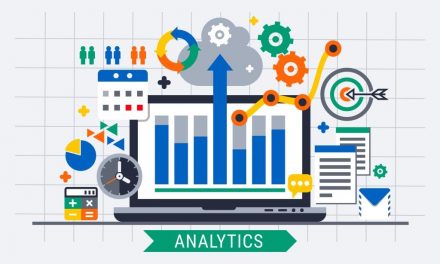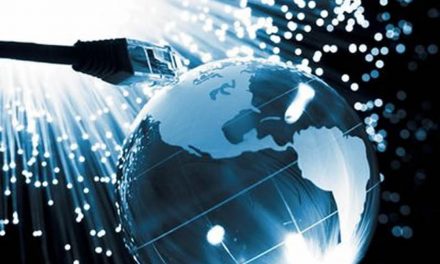There are different types of computers which are
- Analog Computers
- Digital Computers
- Hybrid Computers
This article will explain analog, digital and hybrid computers.
Table of Contents
What is a computer?
A computer is a device for processing, storing and displaying information. These devices come in many forms, some more familiar to the ordinary person than others. Computers can be classified into two categories depending on how they process information, namely analog computers and digital computers. There is also a third category for those devices which use both of these techniques to process data. Such computers are called hybrid computers. Nowadays the digital computer is far more common than the analog computers and hybrid computers.
Analog computers
In analog computing continuously variable physical quantities such as electrical potential (voltage), fluid pressure or mechanical motion are represented in a way that is analogous to the corresponding quantities in the problem to be solved. One of the simplest examples of an analog computer is the slide rule, a hand operated device used for performing multiplication and division. As this example shows, an analog computer or any other class of computer for that matter does not necessarily need to be an electronic device.
Mechanical Analog Computers
Mechanical analog computers use a combination of rotating shafts, gears, cables and pulleys to perform calculations. While all analog computers are generally rare nowadays, the mechanical versions are practically extinct. However before the widespread use of electricity, all computers developed were mechanical. One of the earliest versions of such analog computers was created in 1873 for the purpose of predicting tides by one William Thomson (who later became Lord Kelvin—a common name in science circles).
Electronic Analog Computers
After the advent of electricity, electronic analog computers became far more common. One of the earliest versions of these devices had front panels with numerous sockets. Special purpose wiring (patch cords) was used to create interconnections between these sockets. These interconnections defined the problems that were supposed to be solved.
Electronic analog computers are much faster than even electronic digital ones. This is because the result is ready within the time it takes for the signal to travel across the computing circuit— this occurs at a speed which is an appreciable fraction of that of light. Digital computers, in contrast, break complex calculations into several steps—the more complex the greater the number of these steps. Therefore for the same problem, an electronic analog computer is both much faster and much less precise than a digital one.
As they became more powerful, digital computers began to replace analog computers as they were far more versatile, programmable and had better precision. By the 1980s, digital computers had all but completely replaced their analog computer counterparts in common usage.
Digital Computers
Digital computers are a class of computers which are capable of solving problems by processing information in discrete form. Inside such computers, information is represented as ones and zeros. This binary representation of information works particularly well with electronic computers since this can be translated inside the circuitry to things like the presence/absence of an electrical signal or the on/off state of a switch.
At its most basic a digital computer consists of input-output equipment, the main memory, a control unit and the arithmetic logic unit. These are the components of a computer system.
Input and output equipment
The input equipment provides the user of the digital computer with a means of providing the computer with information and instructions to process. Conversely the output equipment is used to obtain the results of all this processing. In personal computers the mouse and keyboard serve as just two of the input devices while the screen and speakers are the outputs.
Main memory
This is used to hold the instructions and data for the computer to process. Main memory is sometimes confused with storage devices like hard disk drives and memory cards. These auxiliary storage devices are meant to be used for longer term storage of information and programs in contrast to memory which contains information which is destined for relatively immediate processing.
Control unit
This part of the digital computer is responsible for fetching data and instructions from memory. It also effects the operations of the arithmetic logic unit.
Arithmetic Logic Unit
The ALU is responsible for performing simple operations like addition, subtraction, multiplication, division and logic operations.
Mechanical digital computers
Like the analog computer, the digital computer can also be a mechanical device. One such example is Charles Babbage’s Analytical Engine. This machine conceived in the 1830s but never completed is thought to be the first automatic digital computer.
Hybrid computers
Computers also exist which are part analog and part digital, thus hybrid computers. Hybrid computers are designed to combine the strongest advantages of both analog and digital computers, namely the programmability and precision of digital computation and the far superior speed of analog computation when faced with particularly complex mathematical problems. Therefore in these hybrid computers it is common for the digital computer component to control and conduct logical and numerical operations while its analog computer peer serves as a solver of differential and other more mathematically complex equations.





